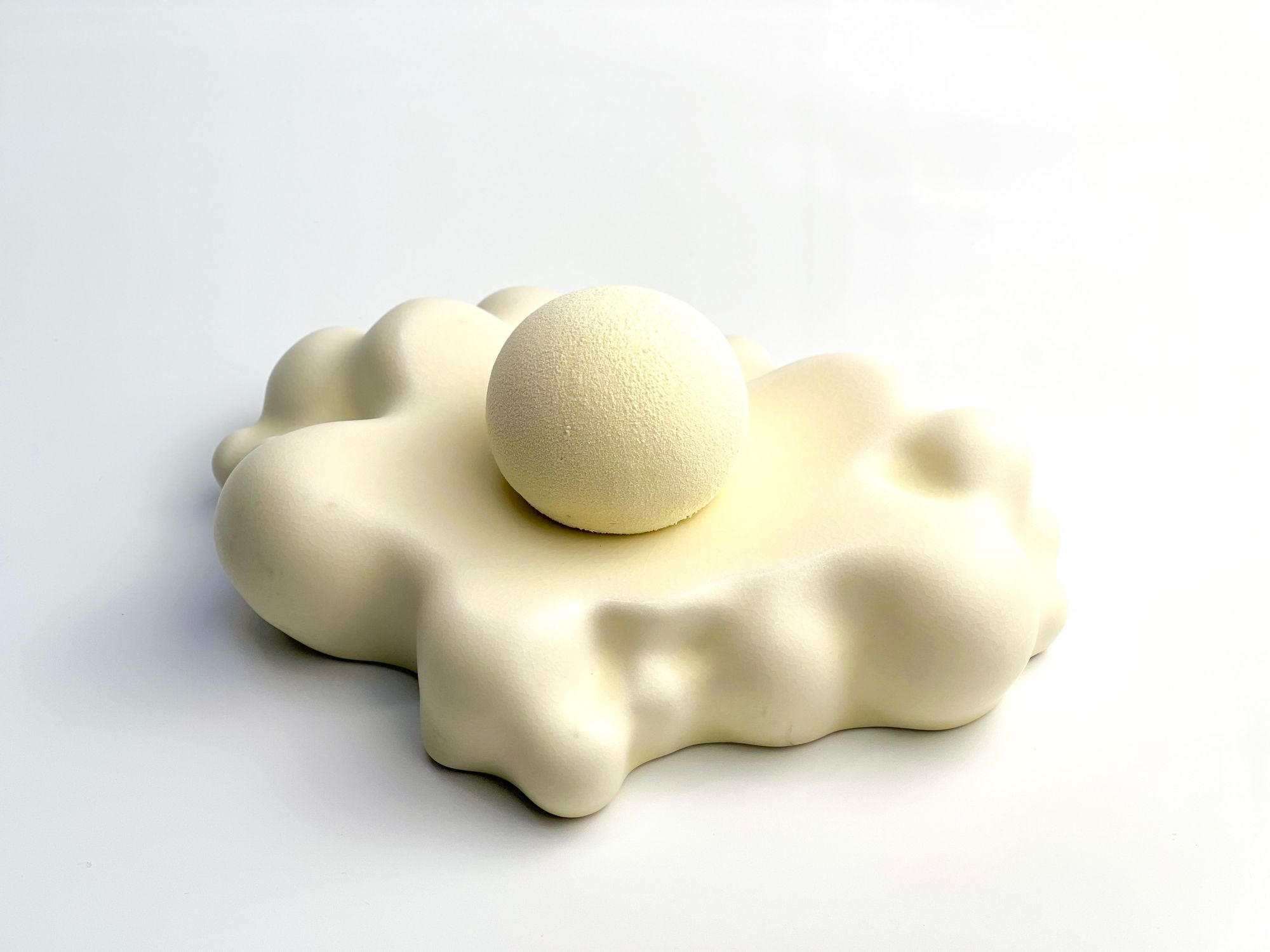Our past, our traditions, are essential to all of us. Their preservation binds us to our roots, and they are the base for building the stories of the future. But what can collective memory give us, and how can the old be brought back to life today? The latest collaboration between Onyx Műhely and MOME is an attempt to answer these questions.
Gastronomy is an excellent playground for examining our past and sketching alternatives for the future. Places with centuries of history, such as the Café Gerbeaud, are representatives of this notion, as in such a long time, not only the generations changed but also the zeitgeist, sometimes more dramatically, sometimes less so. However, there are dishes, in the case of Gerbeaud, cakes, that stayed the same despite all the changes in the surroundings. They are on the counter with a familiar taste and shape, the same way the confectioners dreamed them up long ago. These are simple delicacies that have almost become part of our identity and mean the same for everyone, regardless of age.
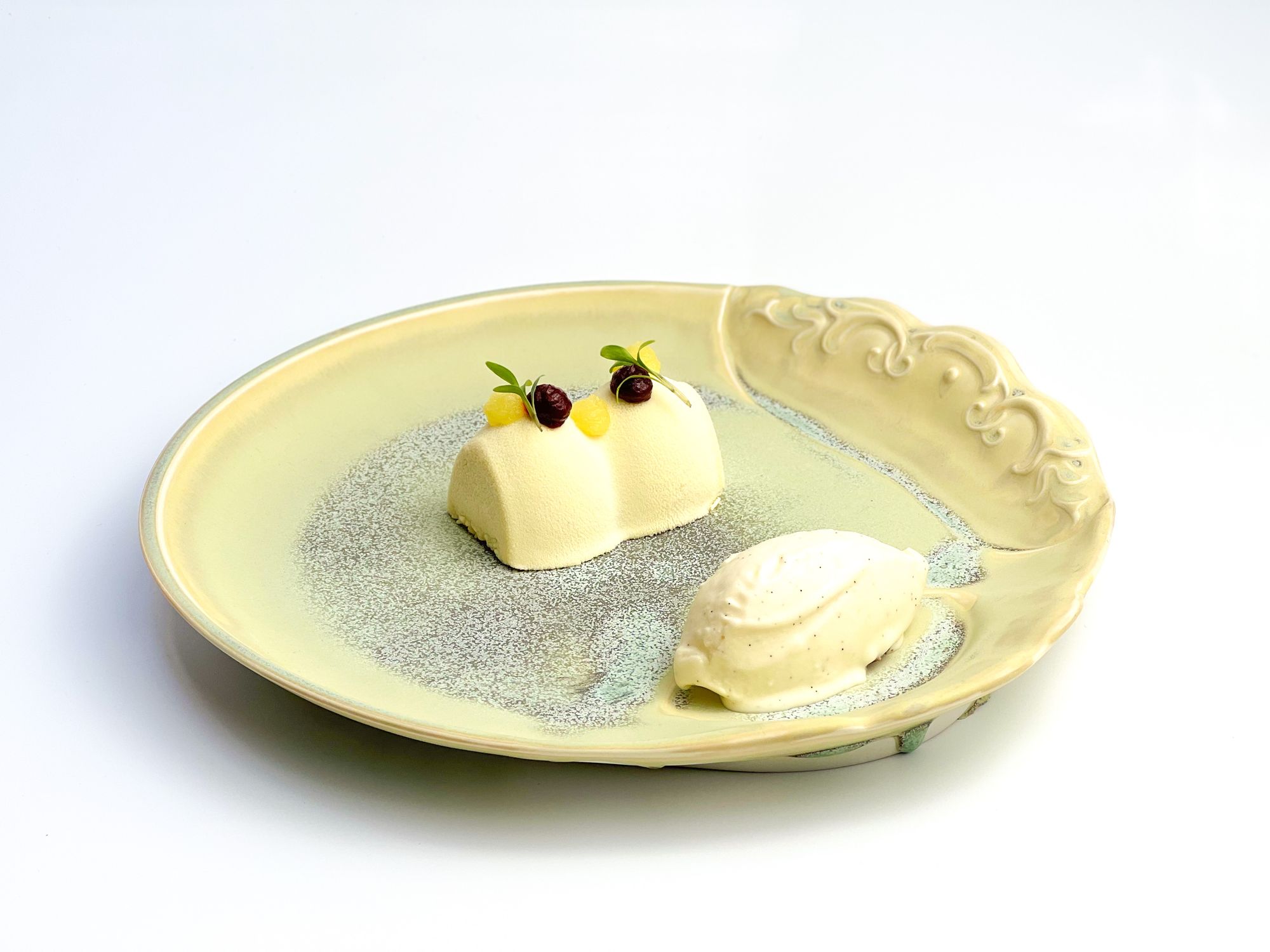
This nostalgia is maybe sometimes too retro for our generation. I grew up on Dobos torte (a Hungarian sponge cake layered with chocolate buttercream and topped with caramel—the Transl.) (the best part of which was, of course, the caramel glazed top; and no, „dob” does not mean „drum” in this case), Black Forest cake (a chocolate sponge cake with a rich cherry filling based on the German dessert Schwarzwälder Kirschtorte—the Transl.), and Ischler (a round pastry made of a crumbly dough paste filled with chocolate cream—the Transl.), but I had a mixed relationship with them. My grandmothers were wonderful home bakers for family dinners; still, pastry and cake from the confectioneries had a special place on the table and in our hearts. I grew up in the ’90s, so I met with undeservedly and disrespectfully simplified versions of traditional Hungarian desserts, which kept the imprint of post-war Hungarian gastronomy. A cacophony of margarine, Katica baking chocolate (a Hungarian-produced baking chocolate from the ’80s of very poor quality—the Transl.), and rum flavoring made the recipes’ former glory decay. But these dishes are part of our „gastronomic canon,” especially if they are adequately prepared.
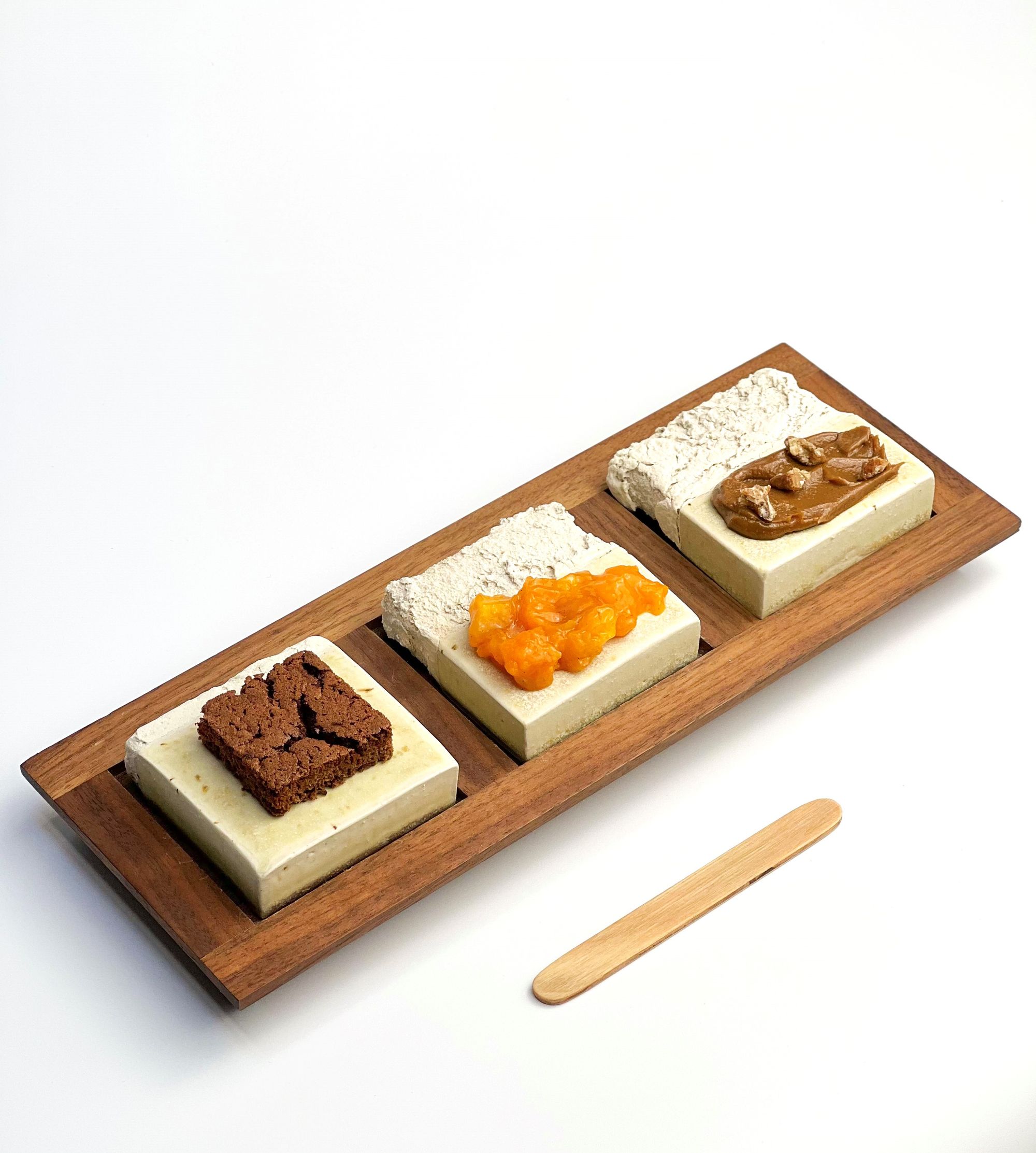
Gerbeaud is known in Europe for making the traditional Hungarian confectionery masterpieces as our ancestors dreamed them up. The Esterházy torte (buttercream spiced with cognac or vanilla, sandwiched between four and five layers of almond meringue dough—the Transl.), the chestnut purée, or the Gerbeaud slice are indelible favorites, and many foreign tourists first encounter Eastern European confections when they taste them. Still, the ONYX Műhely, whose innovative work I have already praised several times, has not been afraid to respectfully address this heritage in recent months. After all, why would experimental cuisine limit itself to fine dining; why would it not also focus on the world of pastries, cakes, and design?
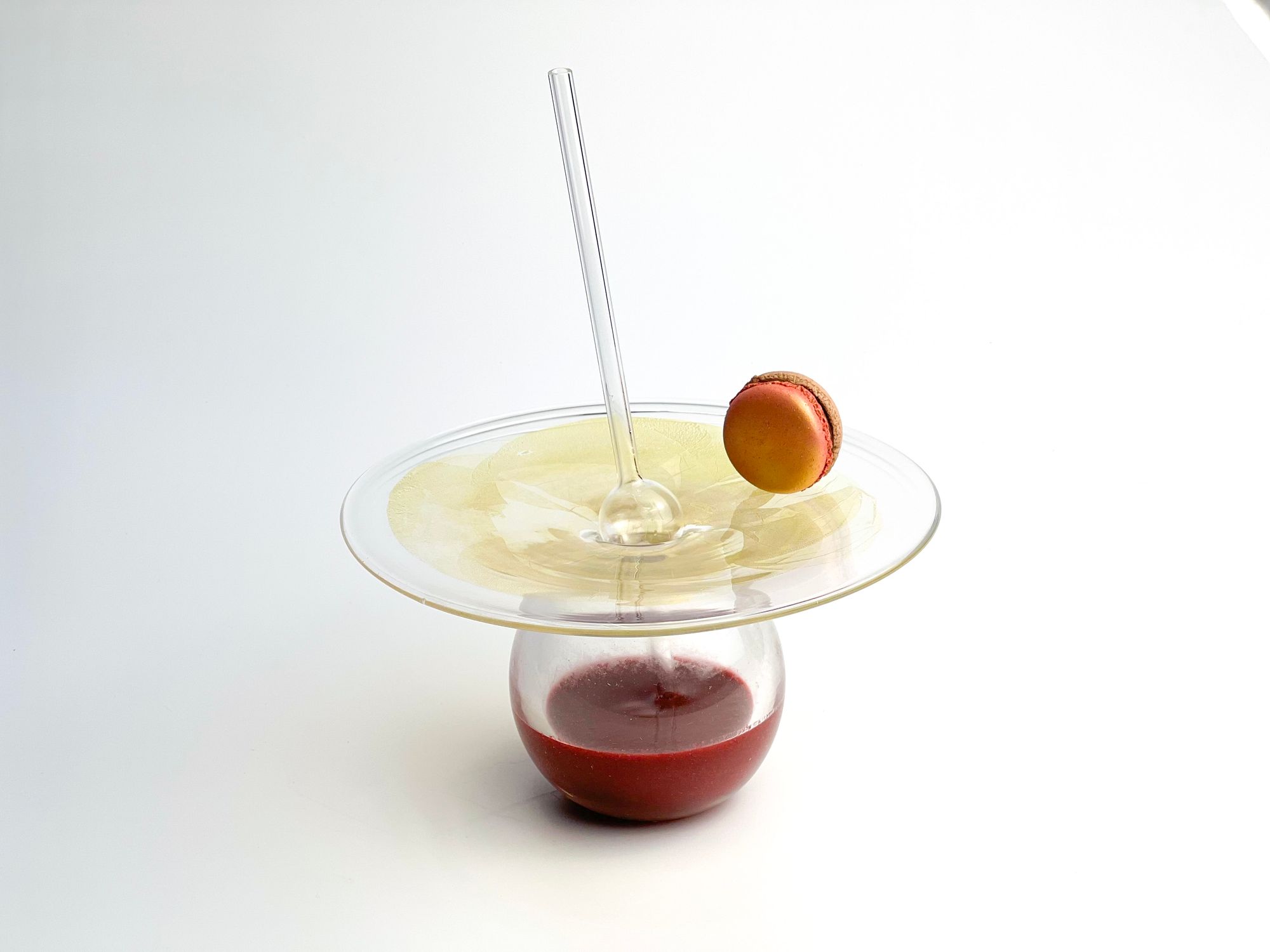
Angéla Góg, D.L.A., Artistic Director of the Műhely, addressed this question. She is responsible for the design side of the community’s projects, and besides that, she teaches at the Design & Art Department of MOME with ceramicist Edit Kondor, D.L.A. Last year they gave Ceramic Design MA students a task regarding reforming our dessert culture, based on the iconic Gerbeaud cakes, by designing serving utensils. The Műhely has a ceramic kiln, so the nine students practically „returned home.” From the gastronomy side, pastry chef Zsuzsanna Borsos helped with their work.
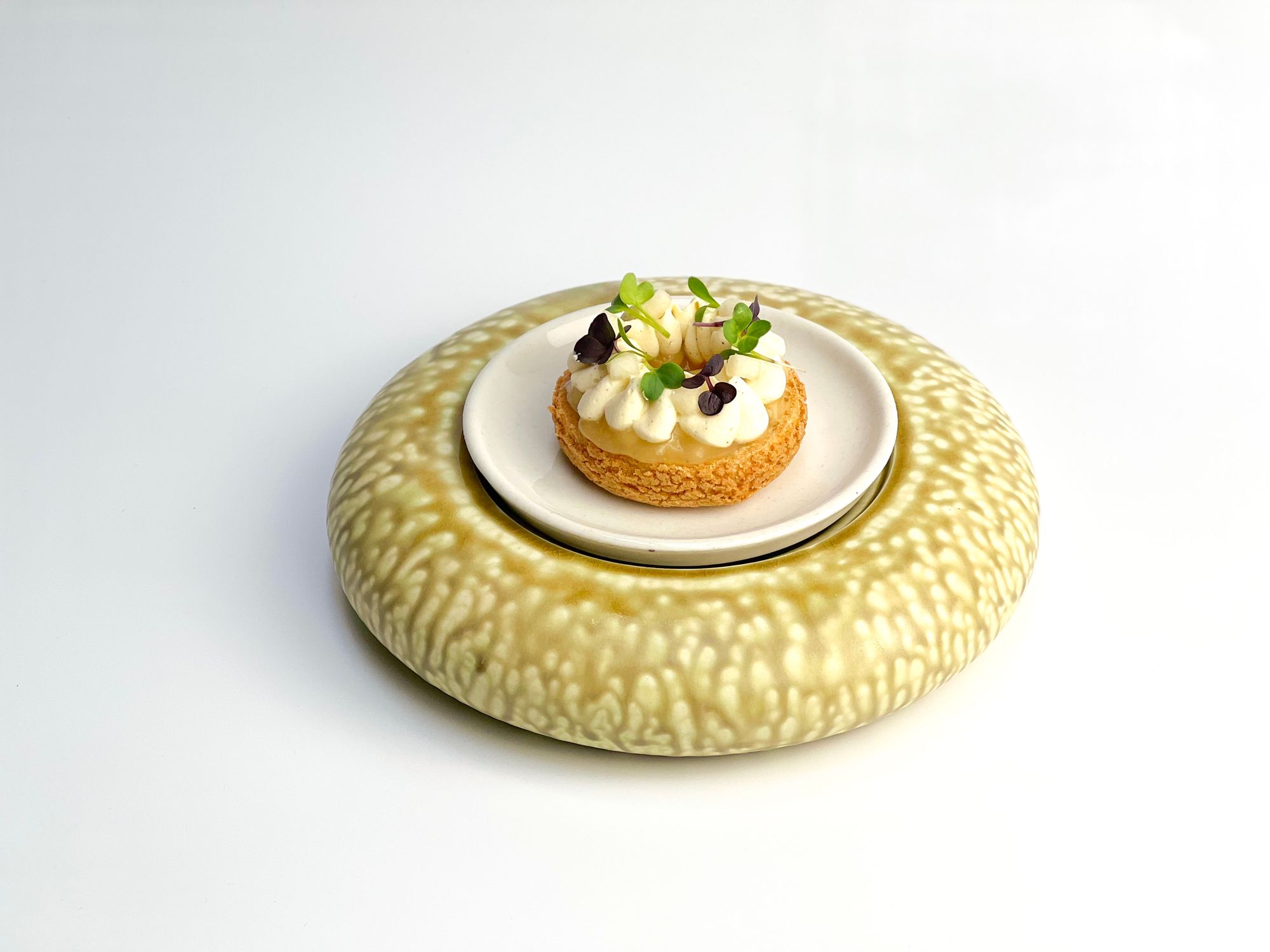
The nine desserts and nine contemporary concepts were presented at the Budapest Design Week, served up literally and figuratively by the team. The result of the six-month project was really exciting: the students were immersed in the task and were not afraid to shape the assignment according to their taste. For example, Dorottya Vértessy chose the Henrik Kugler (Emil Gerbeaud’s predecessor and business partner) created mignon (small, filled cake with a thick sugar glaze—the Transl.). In her serving set, the ice cream was placed in a double-walled, heat-retaining bowl reminiscent of ruffled paper, covered by a playful ceramic dome, symbolizing the surprise we experience while cutting the cake and waiting for the filling to appear.

Anna Budaházy took her inspiration for the design from Rigójancsi (a traditional Hungarian chocolate sponge cake with cream—the Transl.). She abstracted the love story of Clara Ward and the gypsy musician after whom the dessert is named with a set forming clouds of daydreaming. Dóra Szilágyi started a game with the forms; the rounded shape of a cream puff and the doughnut-like design of the Paris-Brest was combined with a glazed ceramic in a color that harmonized with the filling (furmint jelly and pears). Ingrid Válint also focused on creating a cozy, warm feeling with her reimagined Esterházy glass dessert, placed in a protective glass cup reminiscent of the shape of a walnut. Melinda Doktor was even braver; she turned the idea of konyakmeggy entirely inside out. The little bite was consumed unusually, for example, as a liquid, through a straw, while a tiny macaron symbolically responded to the crunchy chocolate buns.

Martina Kovács was inspired by a post-war dessert, the diplomat pudding. This dessert is a prime example of the 1950s crisis cuisine: sponge cake, custard, layered with candied fruit. The designer transformed this concept into a plated dessert, while the serving bowl combined the motifs of the Zsolnay plates of the time with a contemporary style. József Kovács deconstructed the Dobos torte, which became popular in 1884, with a few brushstrokes. The caramel-topped dessert, layered with sponge cake and chocolate buttercream, was reinvented in a tetrahedron shape, while the geometric abstraction of the plate was achieved with a 3D-printed pattern shape.
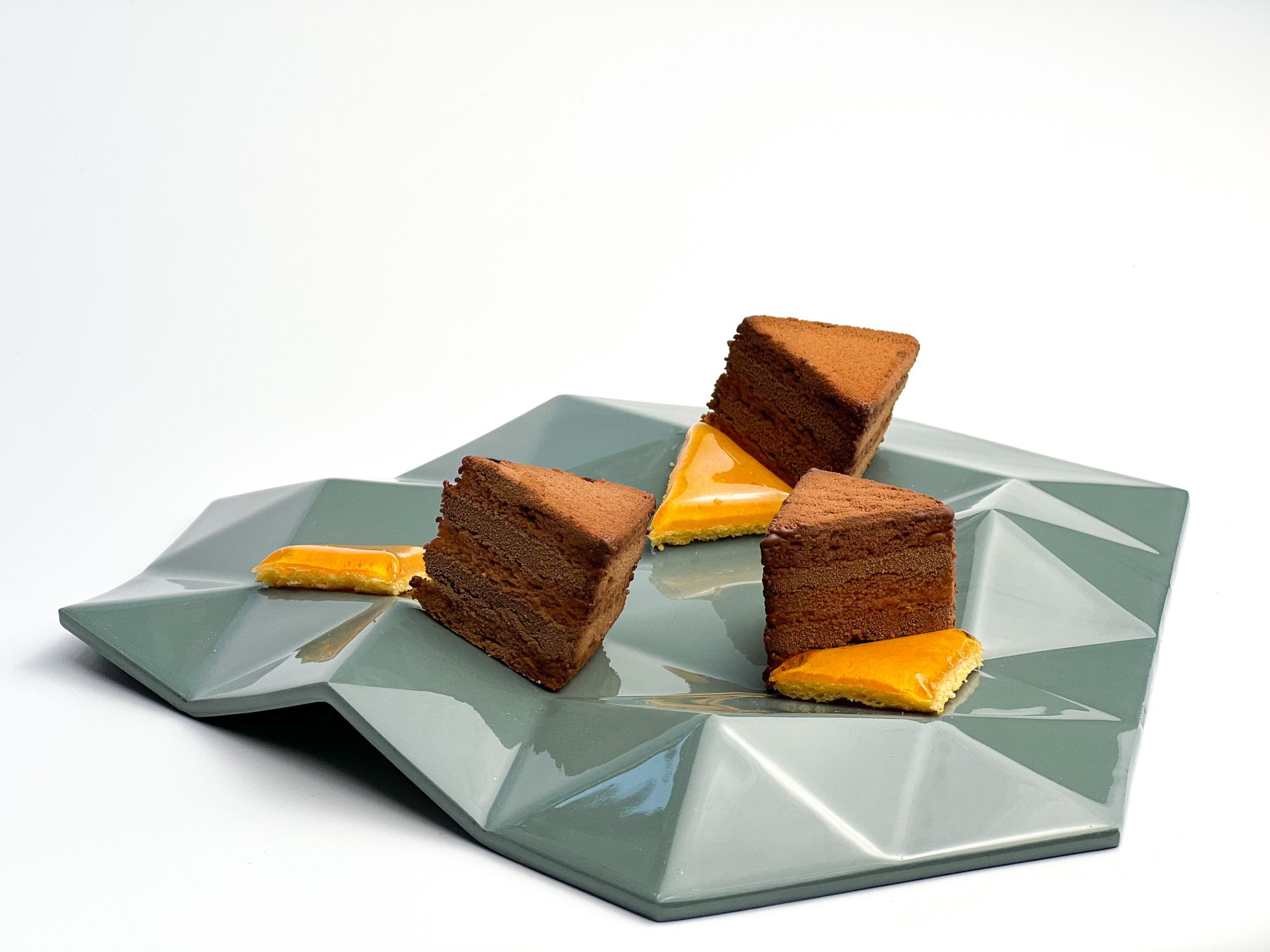
We should also mention Lea Anna Szolnoki’s Gerbeaud petit four, which addresses the ecological and sustainability issues of the well-known dessert’s ingredients by highlighting the elements of sweetness and the ash glaze that gives the ceramic its appearance. She replaced the wood ash with ash from peach seeds and walnut shells. Anna Csenge Berkes created a serving set for chocolate that makes the stage of chocolate manufacturing tasteable, recalling its long history dating back to the Mayan era.
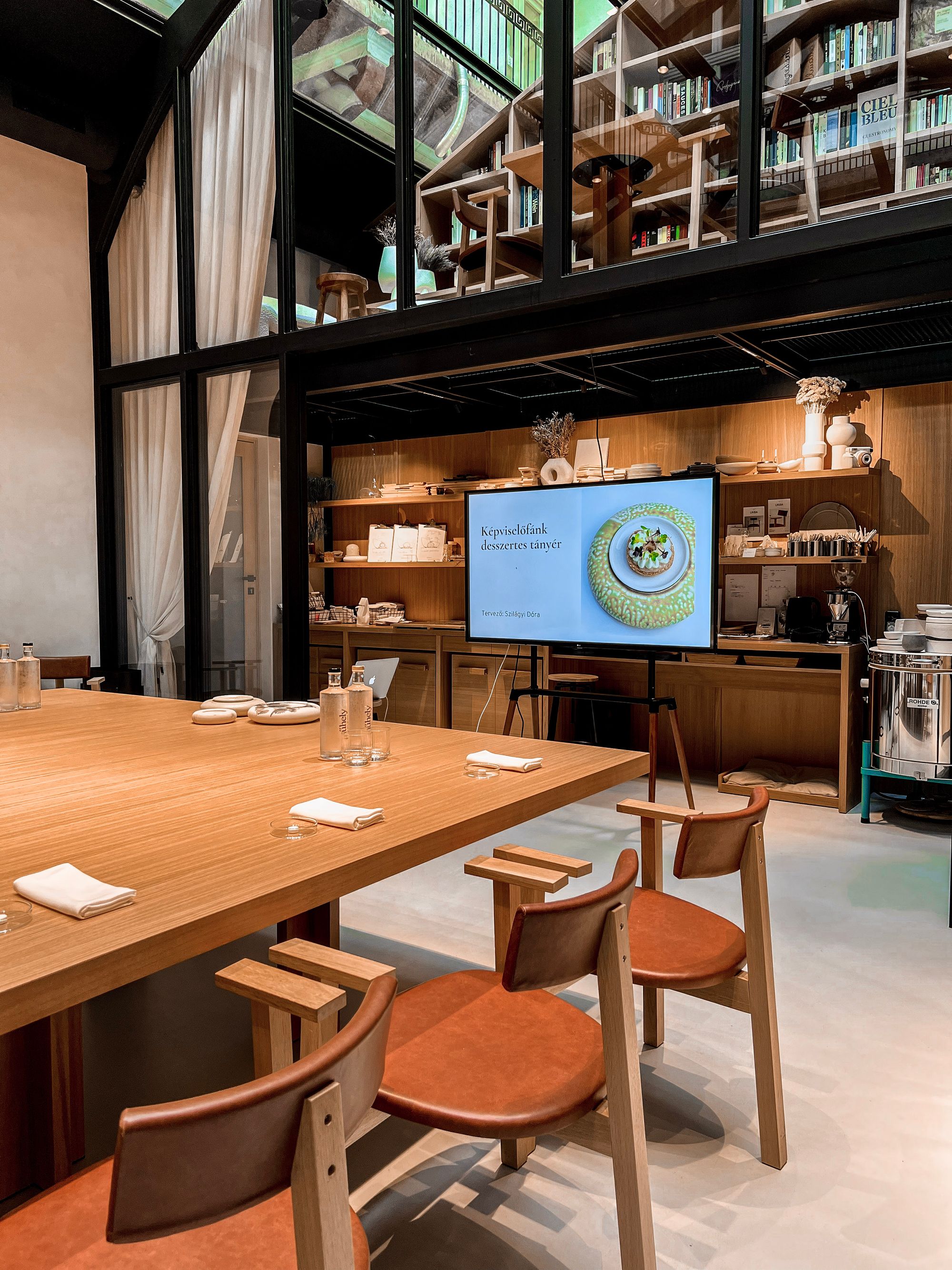
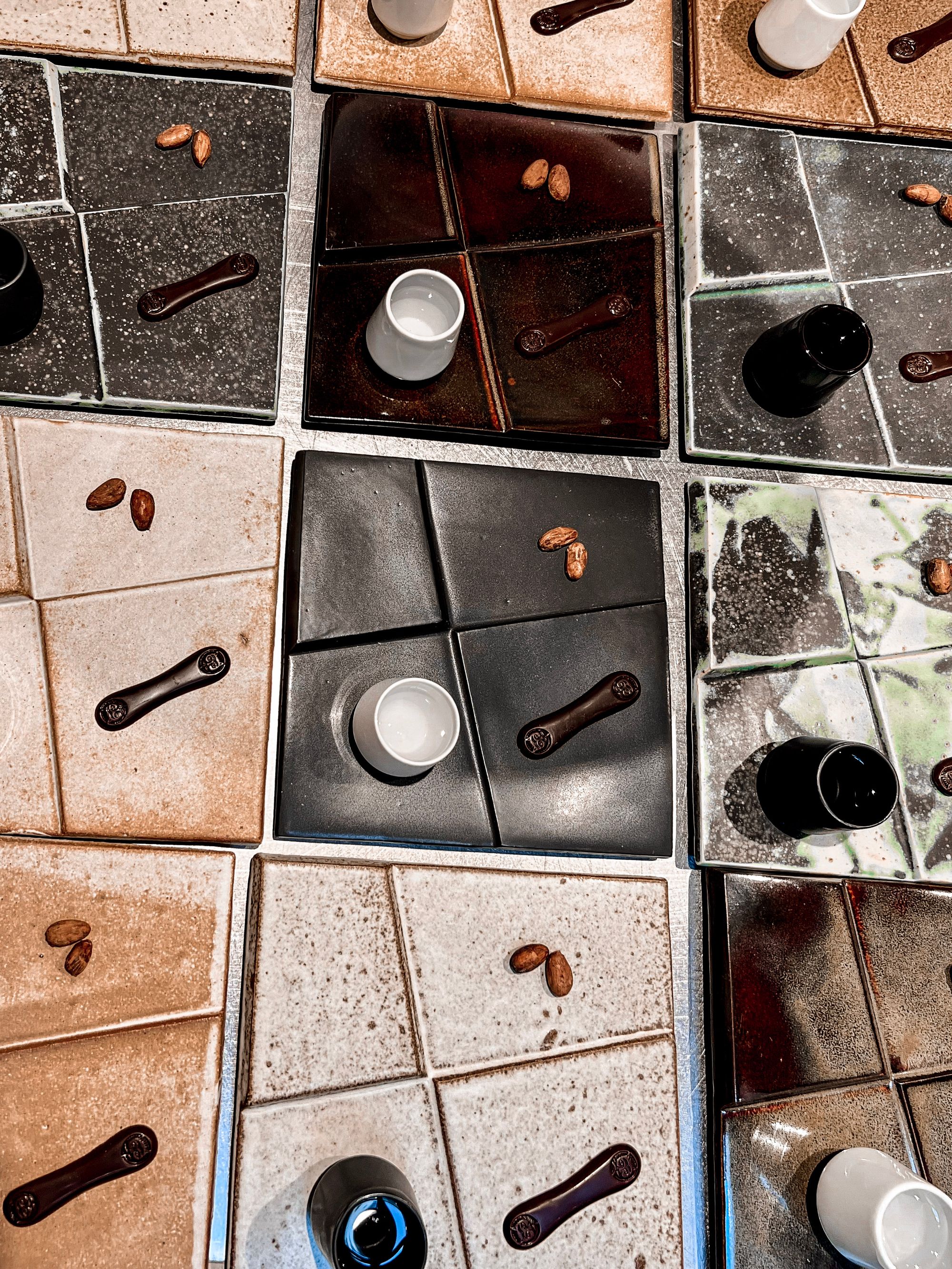
I was proud to see the work of young designers, and I am even more proud of Onyx, as they were not afraid to give space to this experiment, despite that it meant leaving the familiar frameworks. I hope there will be more to come!
Photos: Rebeka Szomor

What is Ukraine demanding from Georgia?

“I try to tell stories with my objects” | Czech glass artist Johan Pertl










